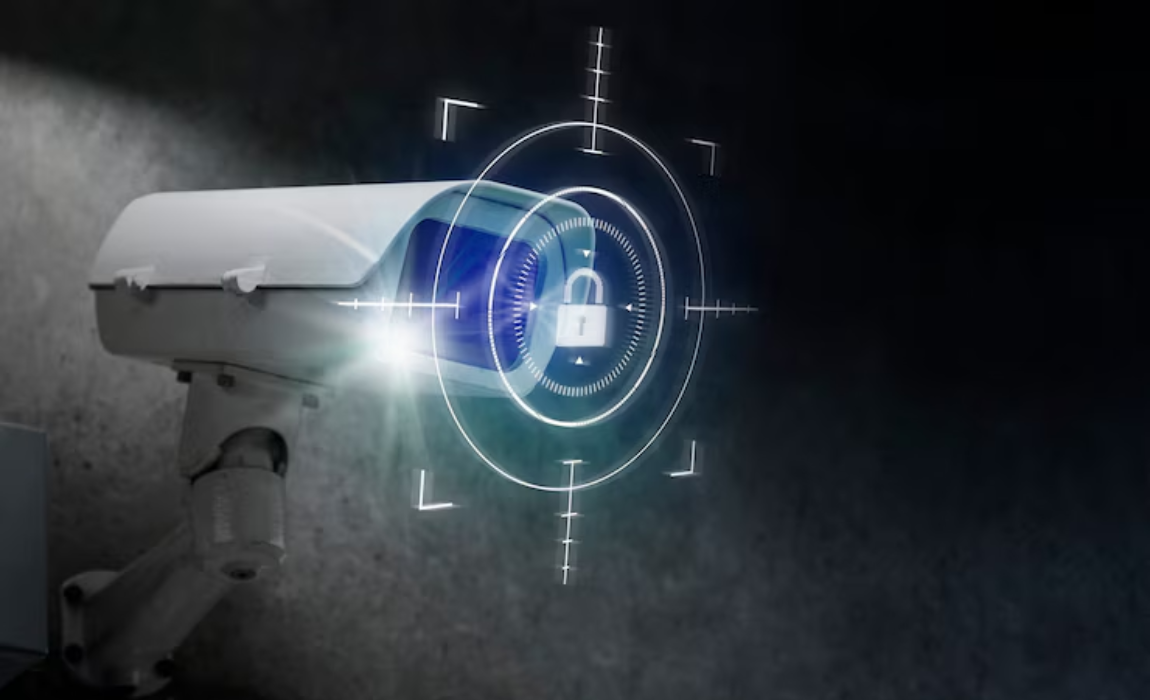
Decoding the Role of Technology in Evidence Collection – Use of body cams, CCTV, GPS data, and admissibility concerns under IEA.
As technology becomes an inseparable part of our daily lives, its role in the courtroom is growing just as rapidly. From CCTV footage and mobile location data to body-worn cameras and GPS records, digital evidence is now central to many criminal investigations. This shift is transforming how we approach truth, proof, and justice. But it also forces us to ask: Are our legal systems ready to handle this digital wave fairly and effectively?
India’s police forces increasingly rely on technological tools to track movements, verify claims, and reconstruct crime scenes. A mobile phone’s location data can show whether a suspect was near a crime spot. A body cam video can either expose police misconduct or protect officers from false allegations. In theory, this makes the justice
process more accurate and accountable.
But in practice, there are several legal and procedural roadblocks—especially when it comes to admissibility of such evidence under the Indian Evidence Act, 1872.
Take, for instance, Sections 65A and 65B of the Act, which deal with electronic records. According to the law, electronic evidence—such as CCTV clips, audio recordings, or WhatsApp chats—is admissible only if accompanied by a 65B certificate, which confirms the authenticity of the digital file. In a landmark 2020 ruling (Arjun Panditrao Khotkar v. Kailash Kushanrao Gorantyal), the Supreme Court made it clear that without such a certificate, the electronic evidence is inadmissible—unless the original device is produced in court.
While this may sound reasonable, it creates practical problems. What if the CCTV footage has already been overwritten? What if the data is stored on a foreign server or belongs to a third party? These are common issues in modern investigations, and our legal procedures have yet to catch up.
Beyond admissibility, there are growing concerns about the reliability and misuse of digital evidence. With basic editing tools, even videos can be tampered with. Surveillance devices, including body cams, can be selectively turned off. If we are to rely on technology, the legal system must also establish strong safeguards for verifying and preserving digital data.
Equally important are the privacy concerns. The use of GPS data or phone tracking without judicial oversight can lead to serious violations of individual rights. In its historic Puttaswamy judgment (2017), the Supreme Court upheld the right to privacy as a fundamental right under Article 21. Using technology in investigations must therefore be balanced with respect for personal liberty and legal procedure.
The problem is not with technology itself, but with how it is being handled within the justice system. There is an urgent need to modernise the Indian Evidence Act, define protocols for
handling digital evidence, and train investigators, prosecutors, and judges in its application. Technical tools must be used in ways that protect—not bypass—constitutional rights.
In a time when information can be recorded, stored, and manipulated with ease, the credibility of digital evidence depends not only on what the data shows, but how it was collected, preserved, and presented. The rule of law must apply to machines, just as it does to men.
Justice cannot afford to become a casualty of poor digital literacy or outdated laws. As courts increasingly encounter digital footprints in trials, our legal system must rise to the occasion with clarity, caution, and fairness.
In the end, technology must assist the search for truth—but truth must still pass the test of law.
